Parachuting: Lots of style that hits the bulls-eye
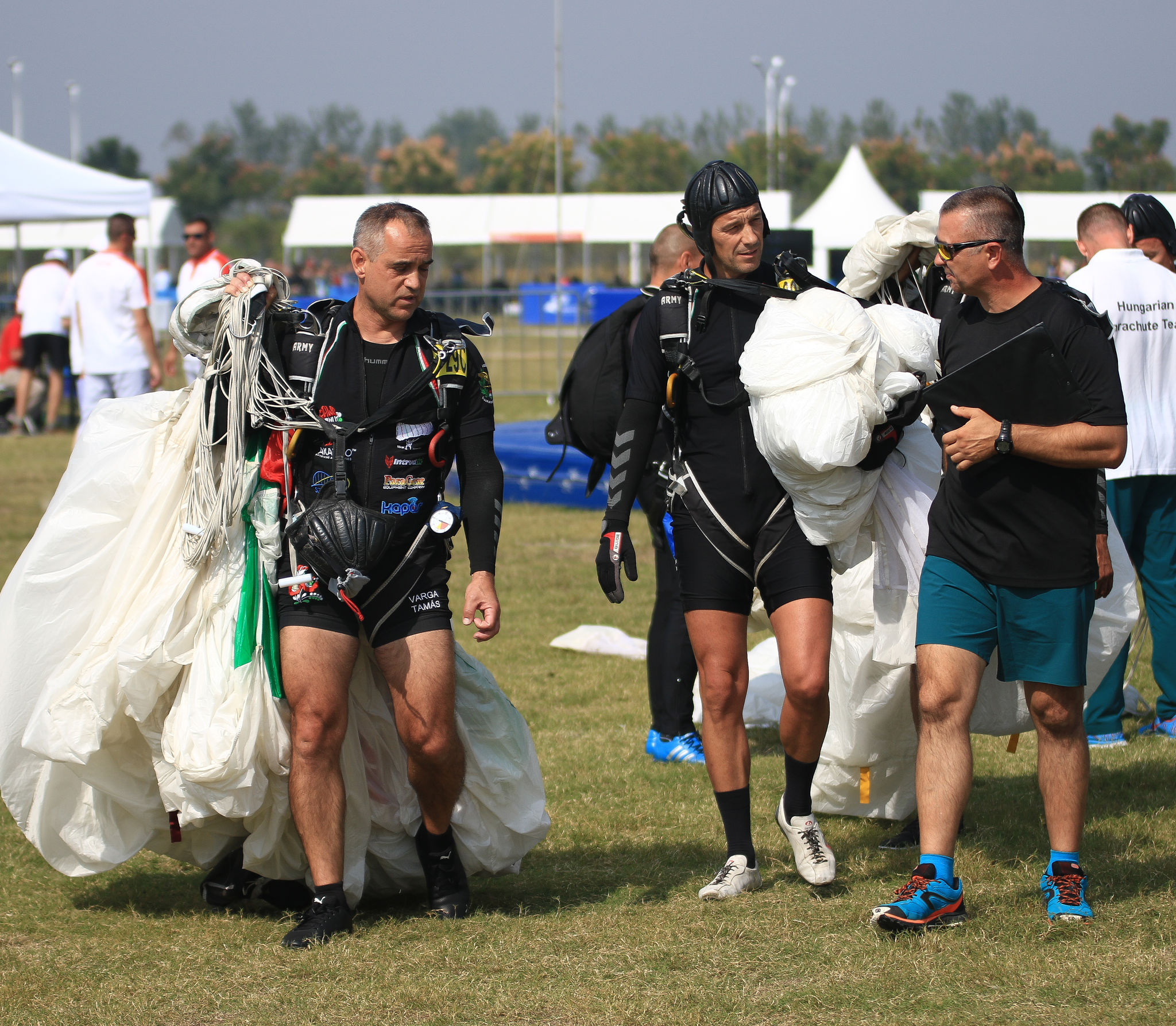
WUHAN (CHN) - The athletes hitting the turf (or actually, in some cases, a mat) at the Wuhan Hannan airport complex have trained for parachuting all throughout their service lives. The discipline, the training, the understanding of the equipment, scenario, plane exit and touchdown all come very naturally.
The CISM World Military Games, however, add a different dynamic - competition. It isn’t a sport you might hear much about; it isn’t an event you might always come across. But it is very fascinating once you come to grasp what it’s all about.
While it might seem simple to land on a spot, hit after hit, and time your direction and path perfectly after release, it’s not always the case. But keep watching from the ground, and you realise just how enormous the task actually is.
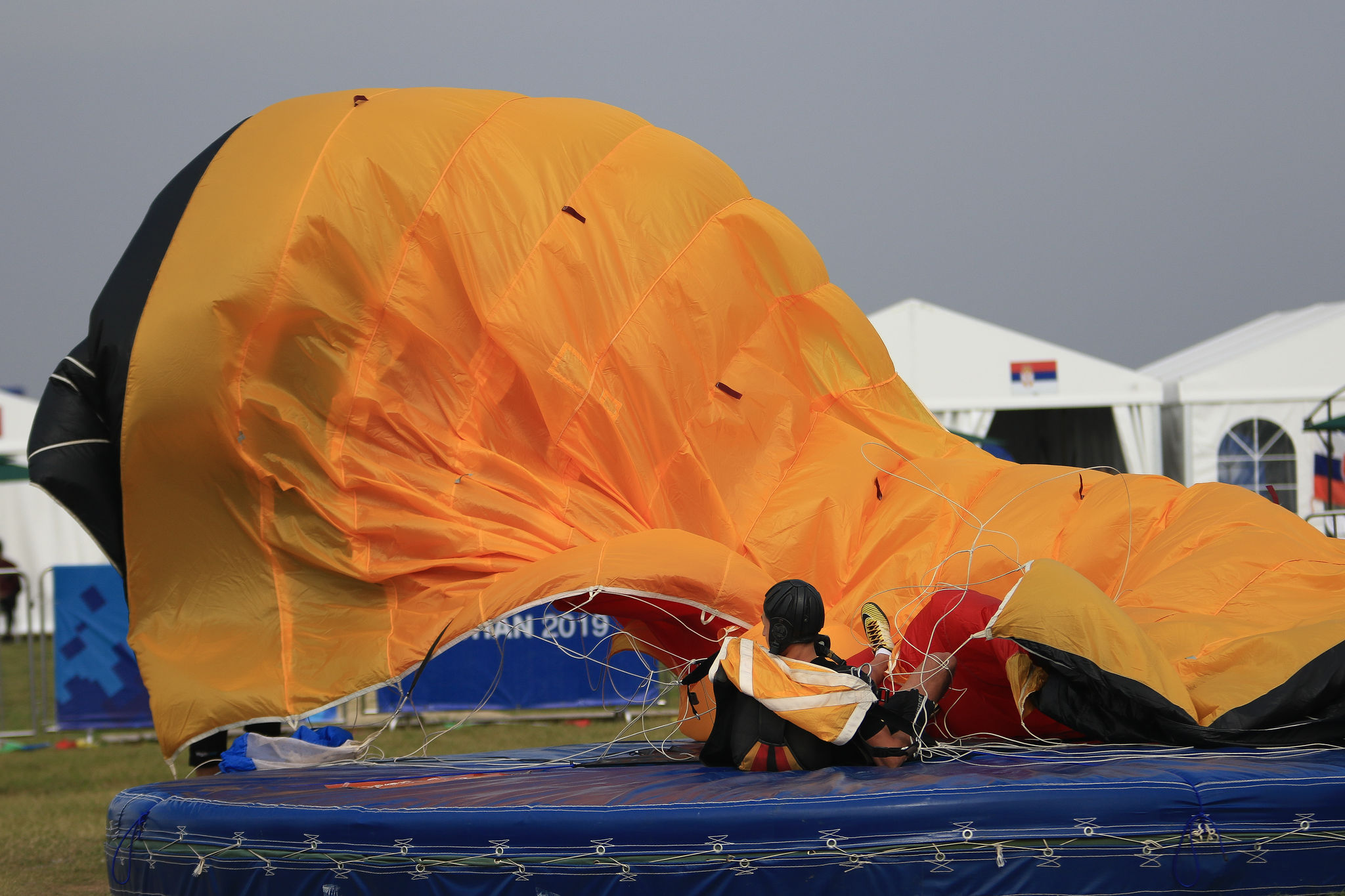
Striving for perfection, these competitors do it in several ways: with accuracy on a tiny, pinpoint spot on a landing mat; curving, looping and weaving in the air from a jaw-dropping 2200 metres (7200 feet), and a formation 4-man team from even higher. It is a test of skill, patience, experience, and incredible trust in your team - and yourself - to evaluate the conditions as you drop.
However, results might not always fall your way in the drive to hit that perfect score. As was the case with one Hungarian parachuter, his second touch on the mat tapped the bullseye - but was ruled as a non-score, with recent rules deeming that the first touch takes the points.
Hungarian parachuting team leader, Tamas Bali, emphasised the impact of getting as close to the centre target as possible for a “perfect score”.
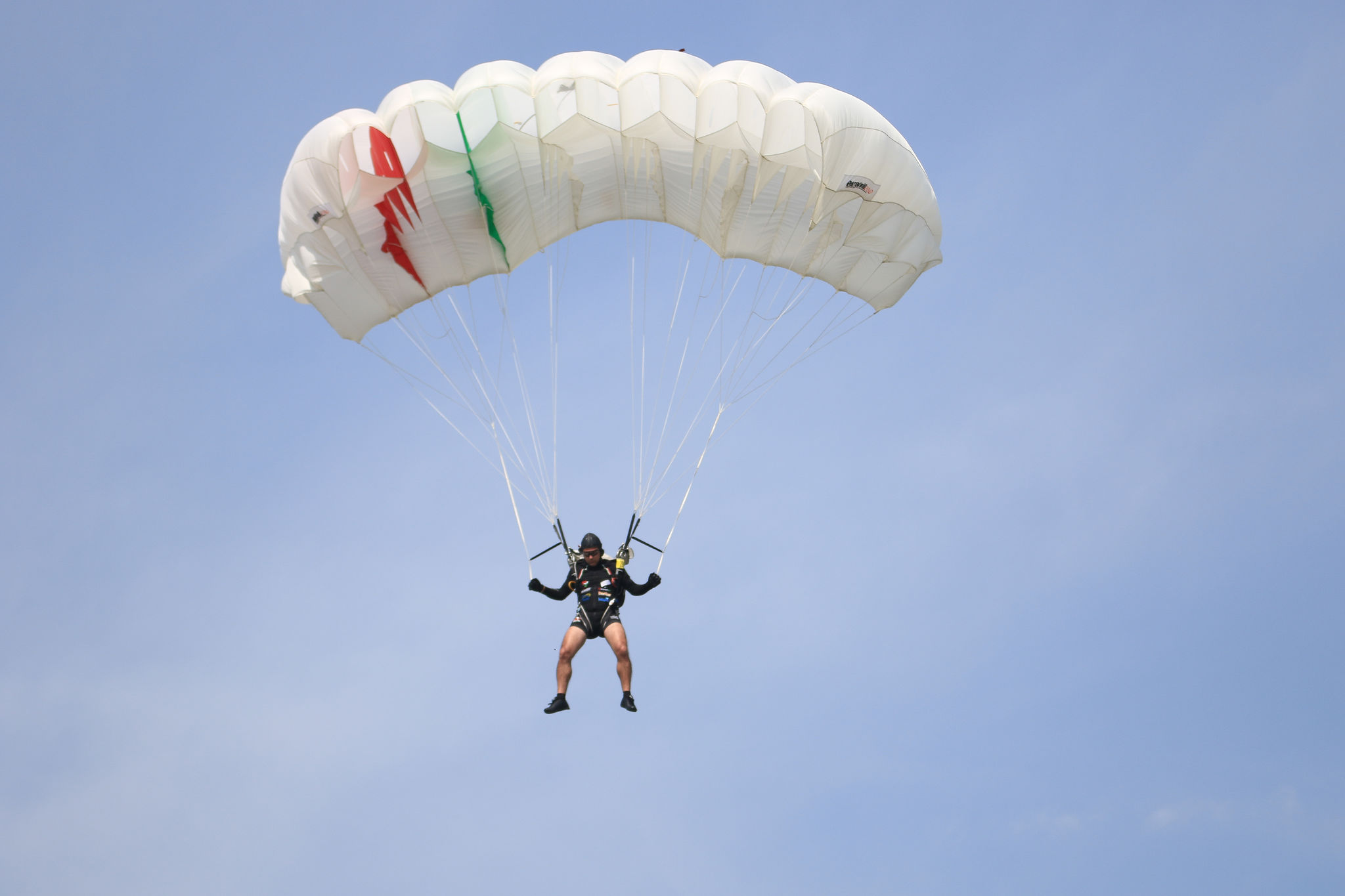
“When our jumper reached the centre point, his heel was into the zero point. He told the judges, that since his heel was on the zero point, it represents the correct result, but it was not.”
Those competing here in Wuhan have been graced with superb and ideal weather to make the jumps, with clear skies, no rain and an unimpeded drop to the target. It’s an even bigger incentive to make everything count, a point made clear by Bali.
“Due to the new measurement system, they can measure the gentlest touch on the pad, and his first touch was very slight at one centimetre. It was only after he raised his leg an incredibly short time after.
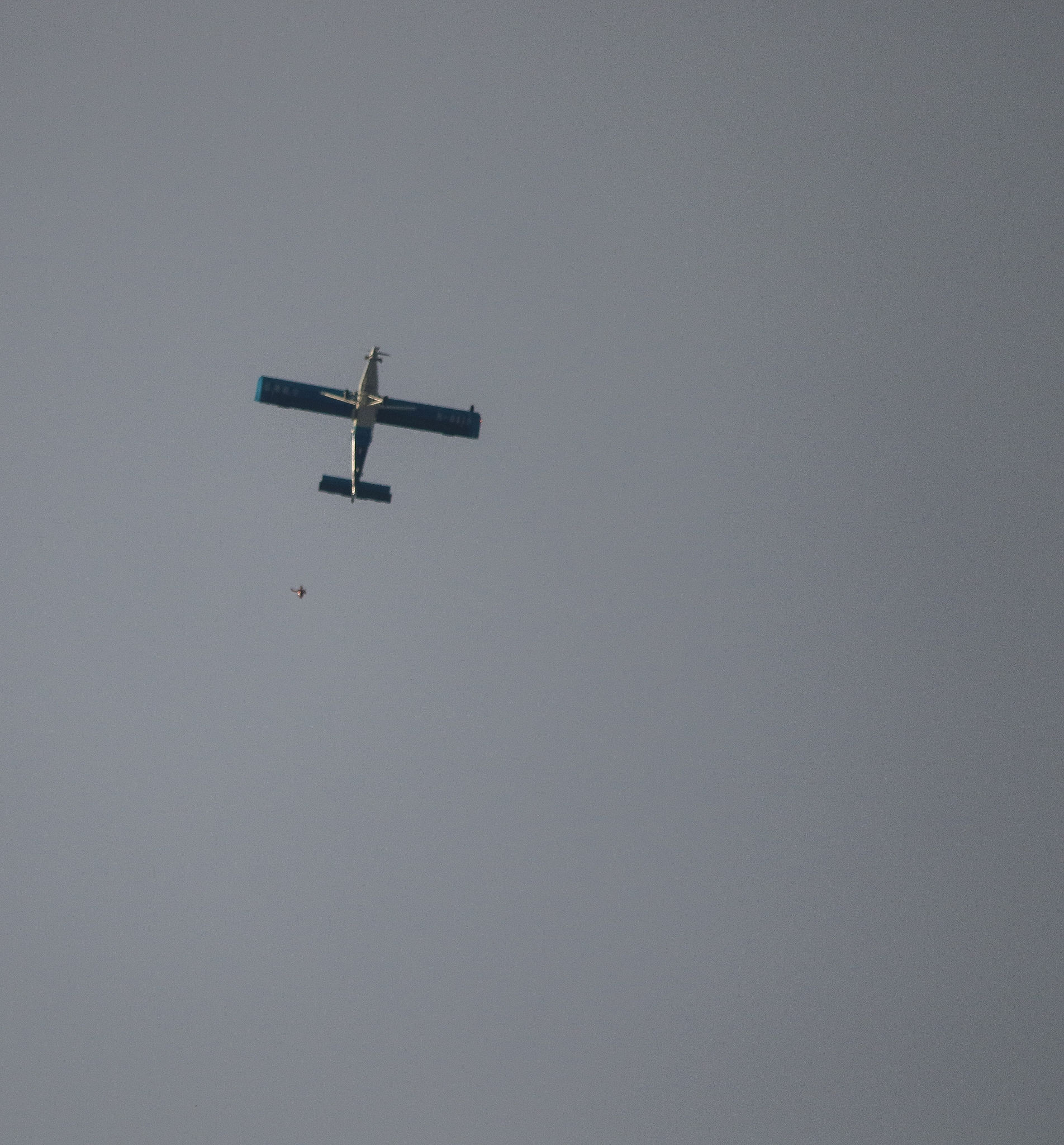
“During the year, we have many training sessions. We attend seven weeks of trainings, and apart from the trainings, there is the World Championship, another seven weeks in the Championships somewhere else. The seven weeks of training is just concentrating on the accuracy and landing.”
These paratroopers are prepared for anything thanks to having made hundreds of jumps and a wealth of experience during their instructing or service careers. They have been conditioned to jump in rough conditions, and are some of the best in the business.
“They’re not unexpected situations for them, I think they’ve seen everything,” said Bali. “They’re making at least 200 jumps every year, in windy conditions, calm conditions, everything. It’s only unexpected if they face a bird.”
This is emphasised by Sergeant First Class Jesse Stahler from the United States, who said the team had been here for about a week in order to be able to adapt and get a feel for the surroundings.
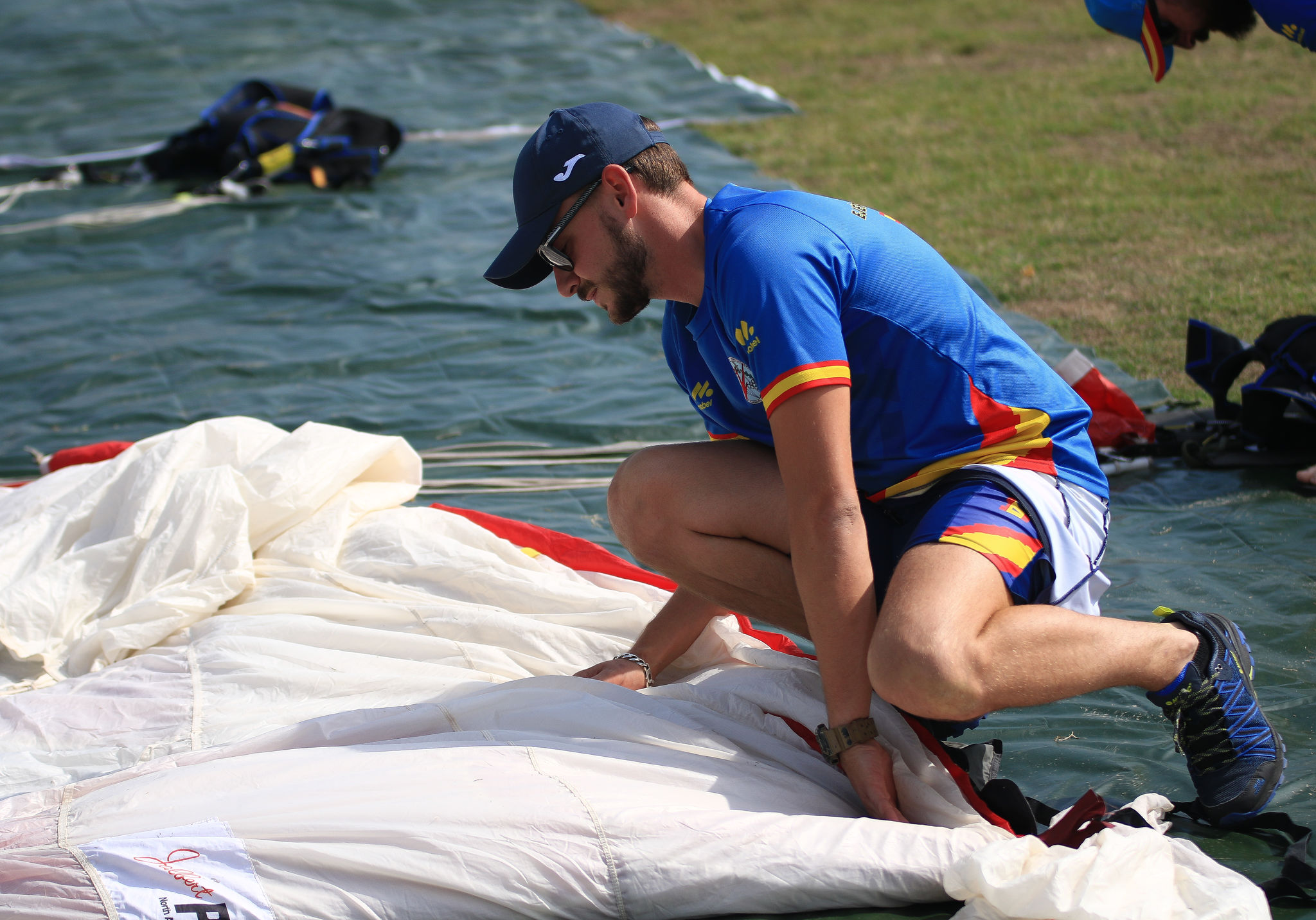
“I think it helps that we’re all military, first and foremost, we’ve all trained under harsh conditions and environments before, and that comes out autonomously. We rely on that; secondly, in a competition like this, it’s an event you pace yourself through it. You understand a day at the drop zone might take the entire day, there are 35-second moments where you have to perform, and everyone’s pretty prepared for it.”
Another dynamic change for the USA team has especially hit in the formation discipline, having to adapt to being a 4-way team.
“Traditionally we’re an 8-way team, and we’re a newer team too,” Stahler said. “We’ve decided to bring two new teams for exposure to the competitions, and introduce them to this event. It’s been interesting and a great learning tool.”
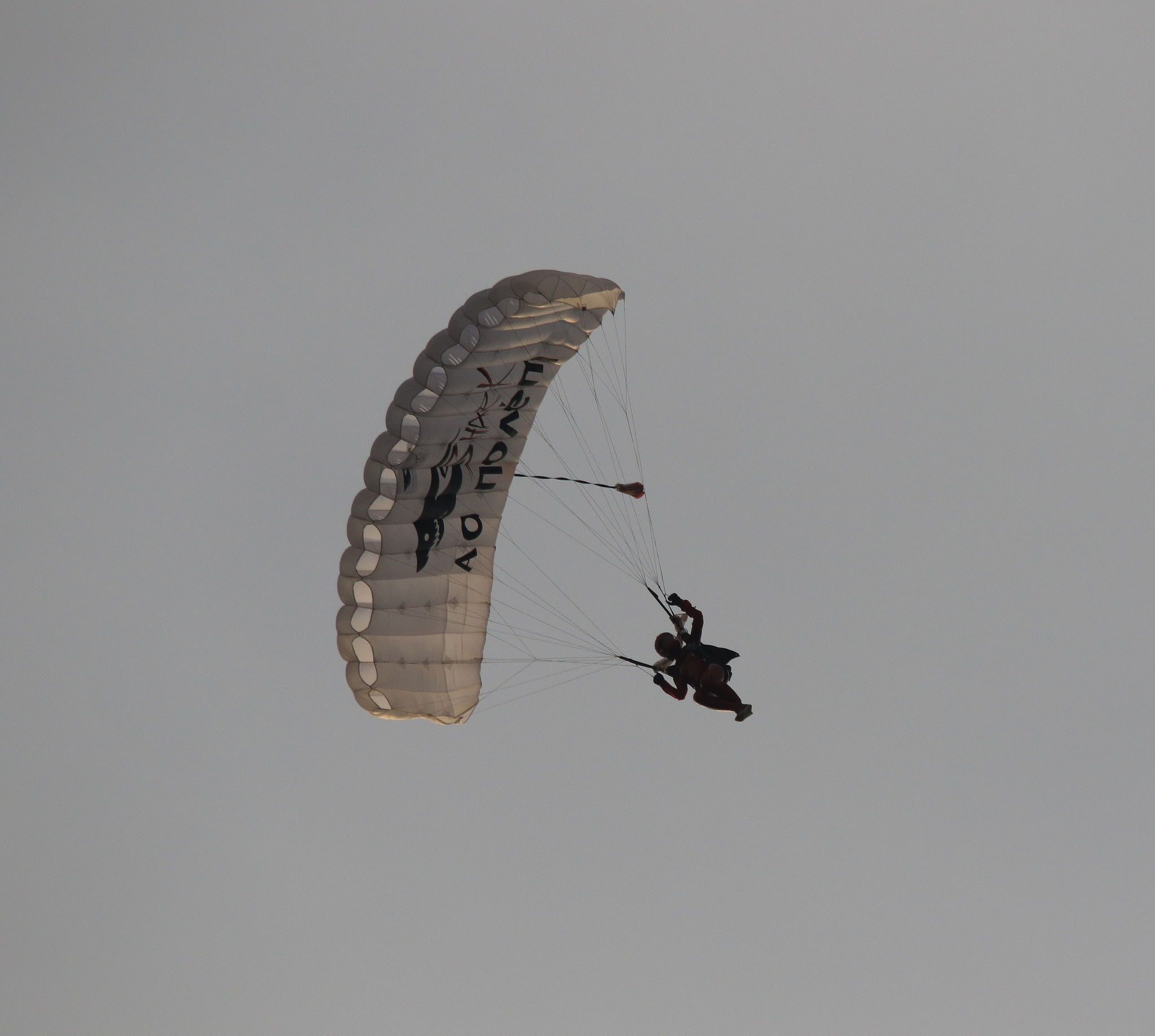
Stahler was full of praise for the event so far, despite being confined to the parachuting arena. There is, however, an upside: a reference to everyone around them being like a family.
“From what we’ve seen it’s been quite a pleasurable experience so far. It’s kind of your brethren, even through all these different countries. We have a connection, a shared interest and we can relate and understand each other through that shared interest through all the different. It’s through moments of intimacy, a sharing and giving of gifts brings us together and makes that bond. Friendship through sport is the CISM motto, and it absolutely happens here everyday.”
Speaking of experience, to the novice parachuting spectator, the style jumpers might seem a little bit more crazy. But such is the normality in navigating back down to earth. From craning your neck up to watch a tiny blip fall from the sky at near terminal velocity, to the brilliant and quick fire manoeuvres made, it’s no wonder this sport quickly hooks you and wants more. It’s technical yes, but it’s something you want to see. Those here are competing; there’s a bond evident walking through the camps, seeing everyone relaxed, before the game faces switch on as they board the plane.
(Source: CISM Media and Communication Department - Journalist and Pictures: Mr. Davis Harrigan)


